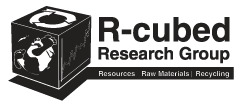
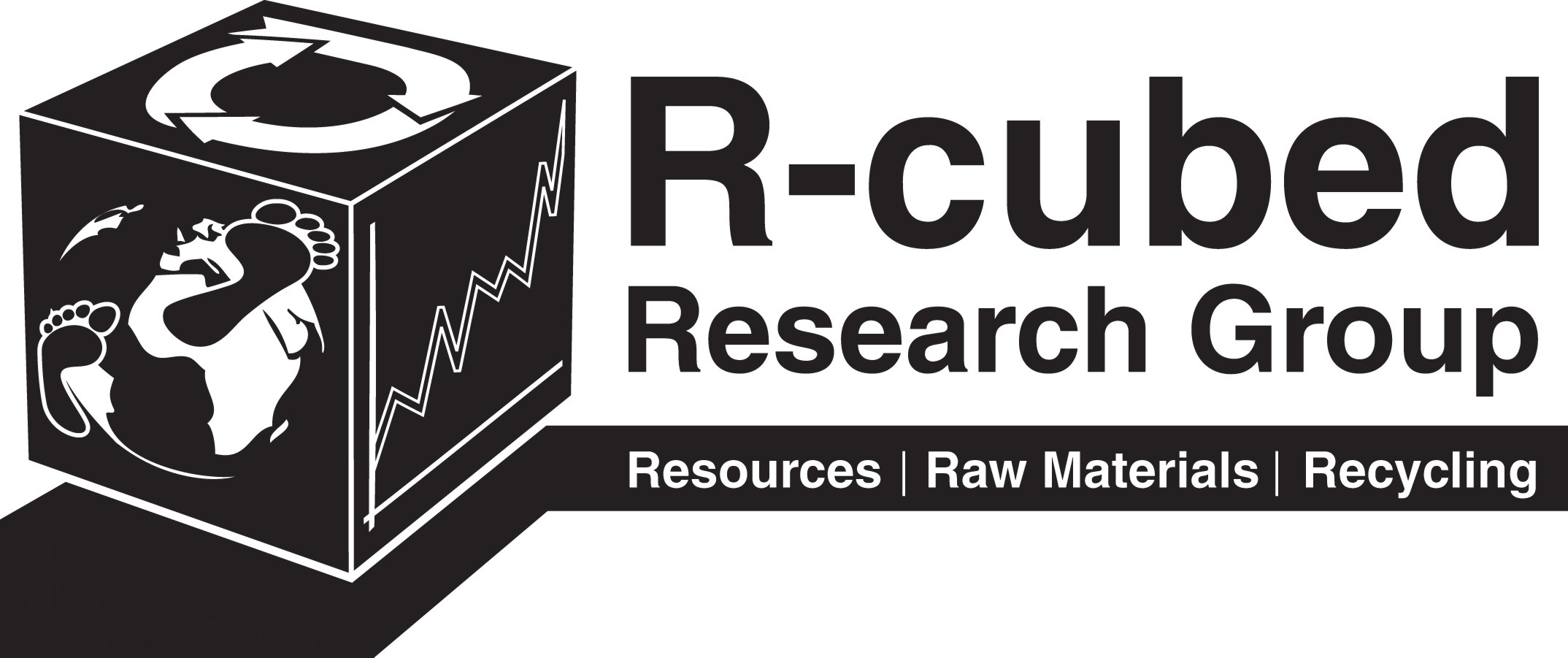
About R-cubed Research Group
We are a group of young scientists working at Fraunhofer Institute for Systems and Innovations Research (ISI) in Karlsruhe, Germany. Our core fields of research are industrial ecology, particularly material flow analysis (MFA), security of raw material supply and raw material criticality, raw material market models and forecasting methodologies.
Via this website we intend to give insight into our research work, present results and methodologies, receive feedback and new contacts, and identify potential business opportunities. We are interested in all kinds of exchange and collaboration with representatives from industries, politics, and science as well as consultants and journalists.
If you have any questions or want to receive further information, please don't hesitate to contact us.
Main topics and fields of research
The continuously increasing human demand for natural resources, forced by the rapide development of emerging markets in Asia and South America, causes severe ecological damage and increases concerns about raw material availability and a free access to raw material markets.
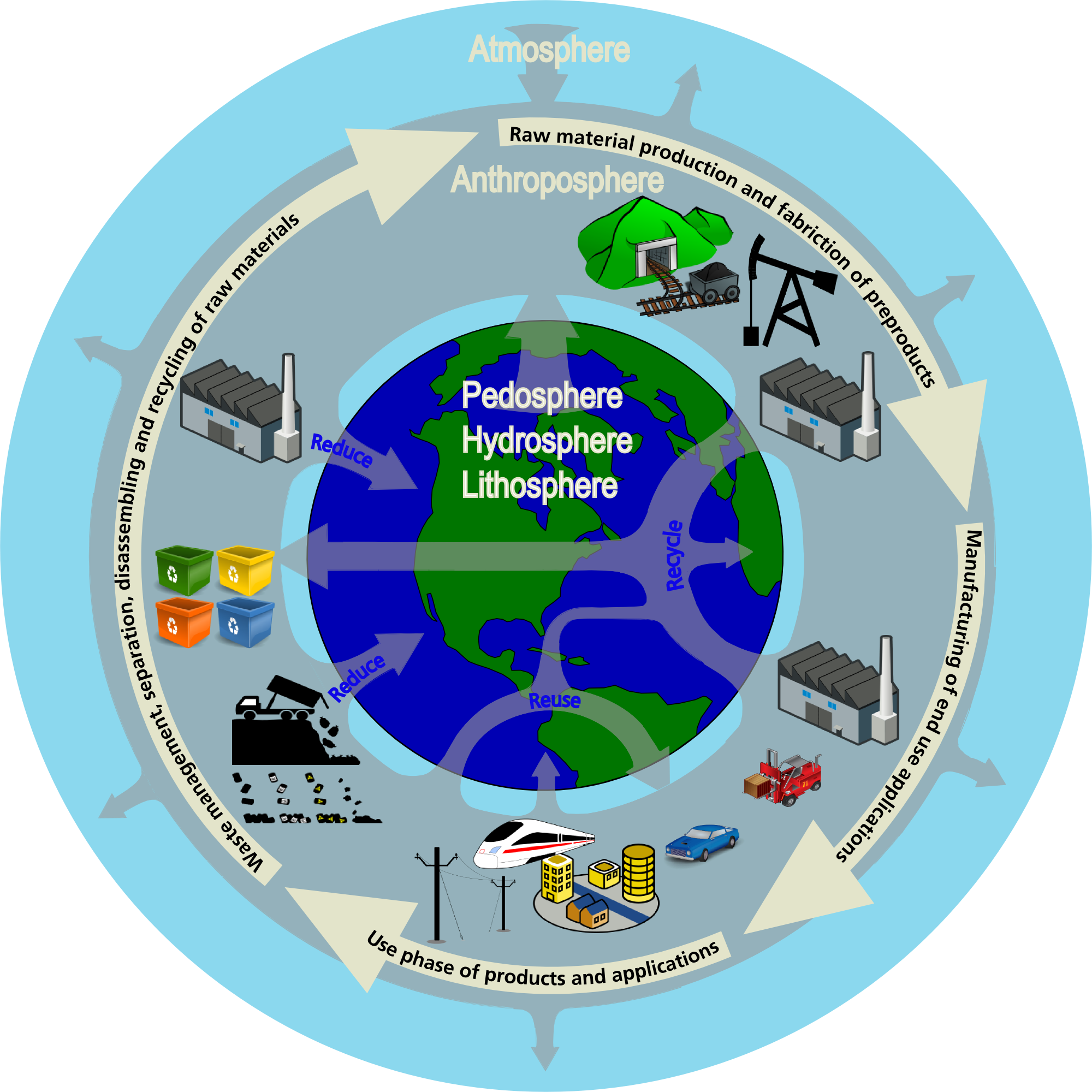 In order to improve resource efficiency, the scientific field of Industrial Ecology was created at the end of the 1980s: Its new idea was an integral view on material flows used in industrial processes. Influenced by the principles of the natural ecosystem, the goal is to use waste streams of one industrial process as input material for other processes, minimizing the losses of substances to the environment (Frosch, Gallopoulos 1989). In the best case, this leads to an industrial system with a full recycling and reuse of materials and minimal waste flows which both reduces needs of primary materials and emissions to the environment.
The main component of research in industrial ecology is the identification and quantification of material and energy flows through industrial systems. Therefore, Industrial Ecology is also referenced as 'the industrial metabolism' (Ayres 1994).
More...
In order to improve resource efficiency, the scientific field of Industrial Ecology was created at the end of the 1980s: Its new idea was an integral view on material flows used in industrial processes. Influenced by the principles of the natural ecosystem, the goal is to use waste streams of one industrial process as input material for other processes, minimizing the losses of substances to the environment (Frosch, Gallopoulos 1989). In the best case, this leads to an industrial system with a full recycling and reuse of materials and minimal waste flows which both reduces needs of primary materials and emissions to the environment.
The main component of research in industrial ecology is the identification and quantification of material and energy flows through industrial systems. Therefore, Industrial Ecology is also referenced as 'the industrial metabolism' (Ayres 1994).
More...
By increasing the transperancy of material uses within an economy, material flow analyses do not only serve as a tool to quantify resource and recycling efficiencies. The dependency of an industrial value chain on specific raw materials and the potential impact of supply disruptions can also be identified with material and substance flow analyses (cf. raw material criticality assessment).
 An important tool of industrial ecology is the Substance Flow Analysis (SFA): SFA can be seen as a specific instance of the more broadly defined Material Flow Analysis (MFA). A MFA has a defined system in focus, e.g. a geographical region or an industrial process, and tries to track and quantify the material flows both within the system and between the system and the environment (Bringezu, Moriguchi 2002). SFA on the other side is focusing on a specific substance and its way through an industrial process, respectively a value chain. According to the principle that input equals output a closed mass balance is attained in the end. Moreover, not only flows are of interest. Identifying material accumulations and their quantification is of significant importance, especially in the case of toxic substances (van der Voet 2002).
More...
An important tool of industrial ecology is the Substance Flow Analysis (SFA): SFA can be seen as a specific instance of the more broadly defined Material Flow Analysis (MFA). A MFA has a defined system in focus, e.g. a geographical region or an industrial process, and tries to track and quantify the material flows both within the system and between the system and the environment (Bringezu, Moriguchi 2002). SFA on the other side is focusing on a specific substance and its way through an industrial process, respectively a value chain. According to the principle that input equals output a closed mass balance is attained in the end. Moreover, not only flows are of interest. Identifying material accumulations and their quantification is of significant importance, especially in the case of toxic substances (van der Voet 2002).
More...
In the context of increasing supply risks of essential metals and minerals the systematic evaluation of raw material criticality has been the basis for numerous studies in recent years.
Raw material criticality measures the potential impact of supply disruptions or raw material shortages on an economic system.
In ISO 31000 (Risk management, principles and guidelines) risk is generally assessed with regard to the probability of the occurrence of a scenario and the level of impact caused by this scenario. This evaluation can be illustrated in a risk matrix over the axis of quantified potential scale of damage and probability of occurrence. Applying this quantitative definition of risk to the analysis of raw material criticality the economic importance, while considering the potential of substitution (which measures the potential scale of damage in cases of disturbances within the supply system) is plotted over the probability of disturbances within the raw material supply system.
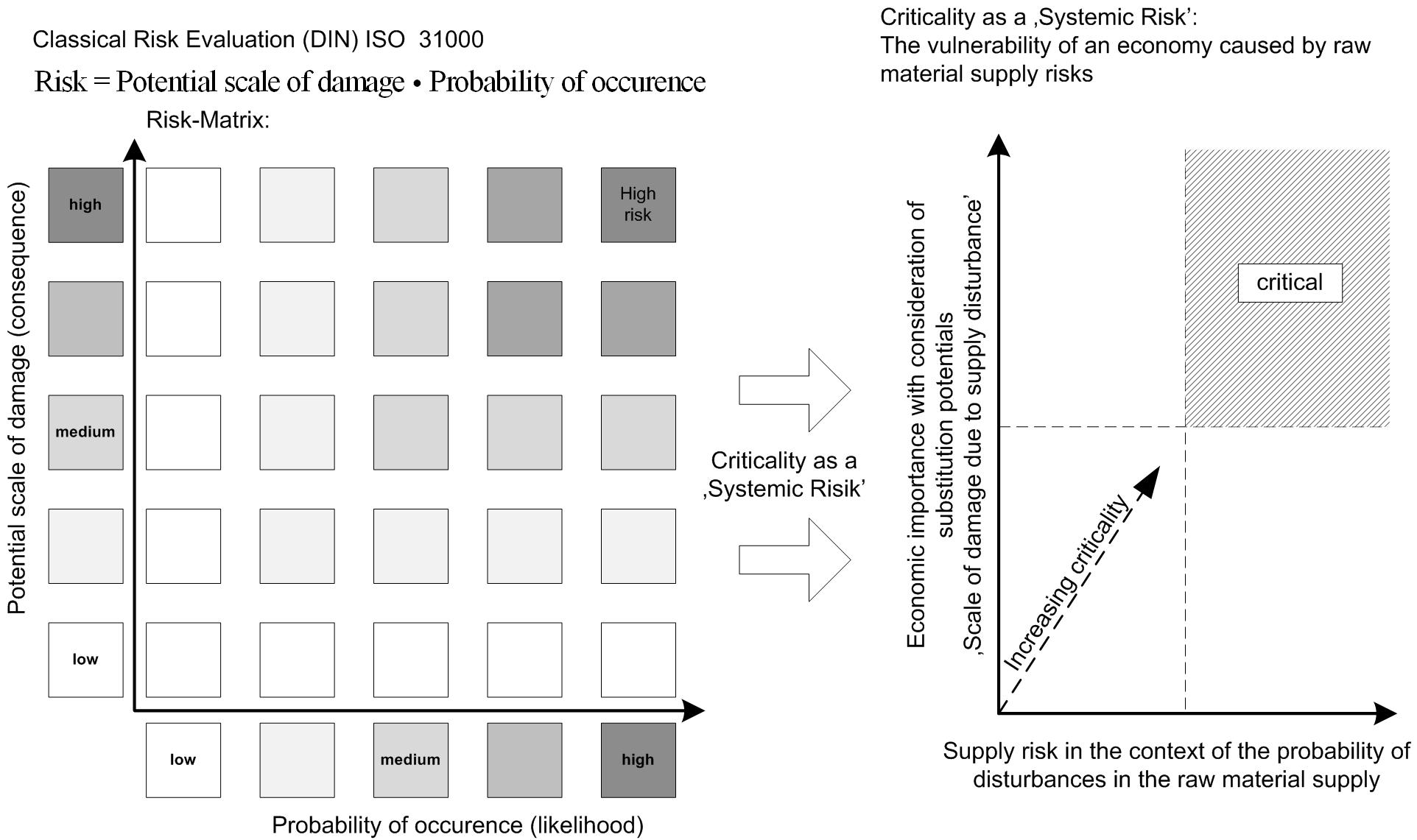
Applying the definition above to a general criticality function results in a precise criticality matrix with different criticality levels (isoquants).
This approach enables a clear quantification of raw material criticality thus a comparison of different raw materials concerning their criticality level both on a corporation, a country or any other regional scale.
More...
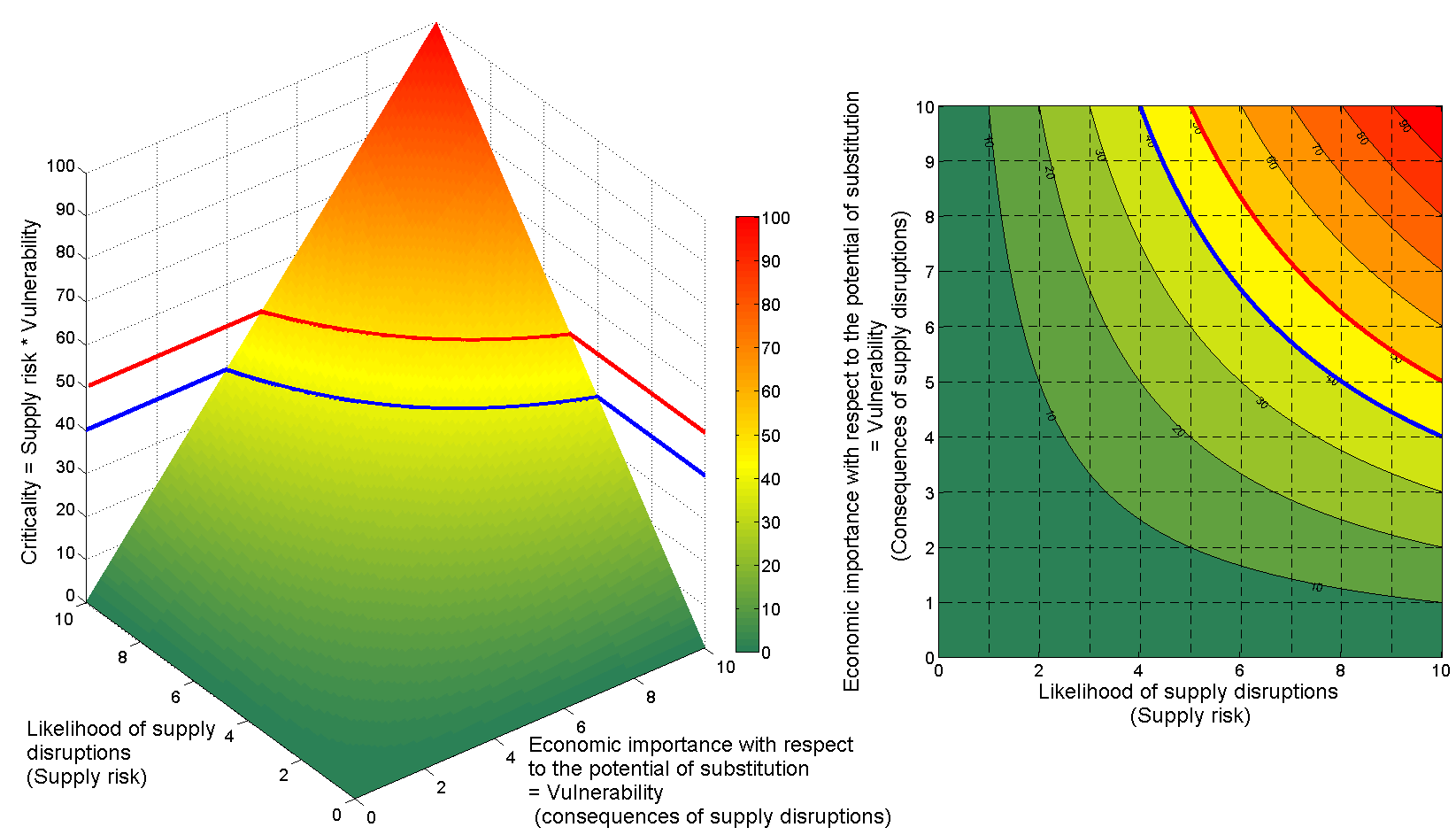
When developing a qualitative causal loop diagram of interdependencies of different variables on raw material markets, one can imagine numerous feedback effects, particularly concerning feedbacks from the price level of a metal to both primary and secondary supply (mining & recycling) and to the demand side in form of higher resource efficiency and the potential use of substitutes.
Using a system dynamics approach, we are currently developing and evaluating several market models for different metals trying to explain and understand historical developments. In a second step, these models may be used as forecasting tools.
More...
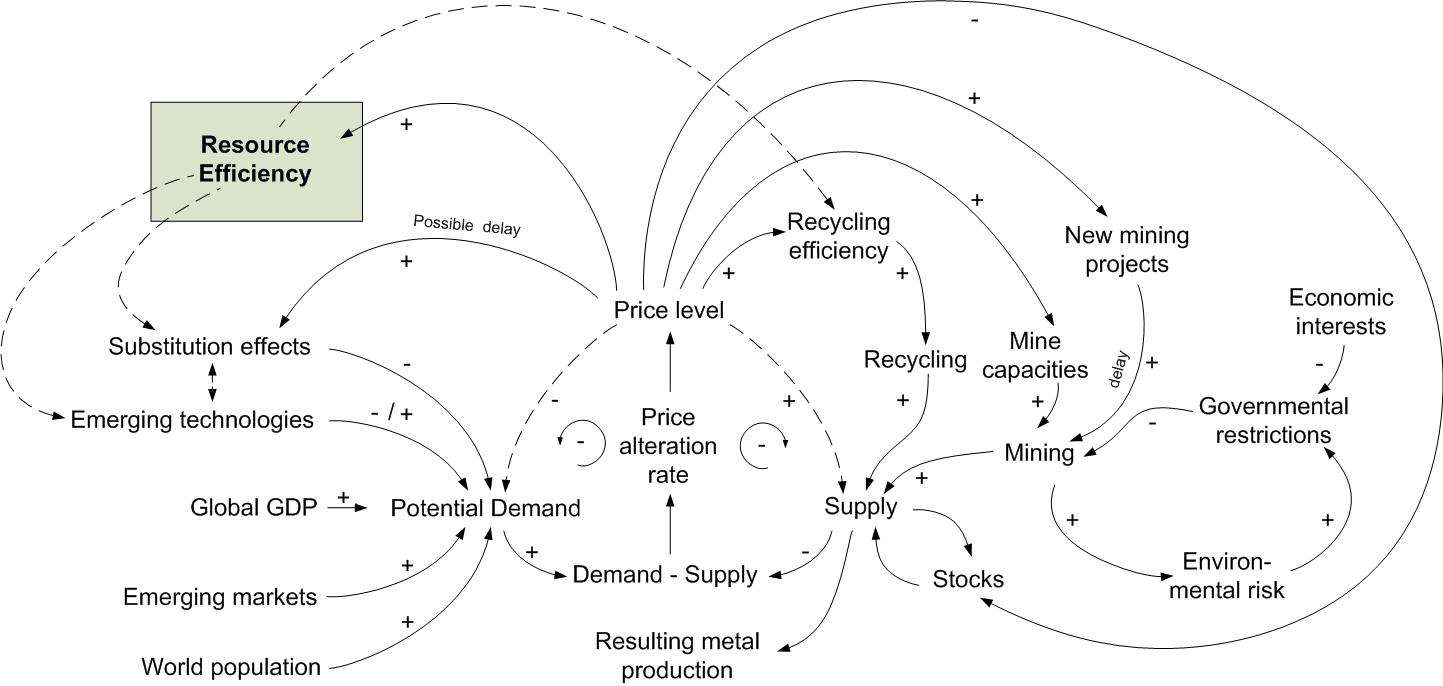
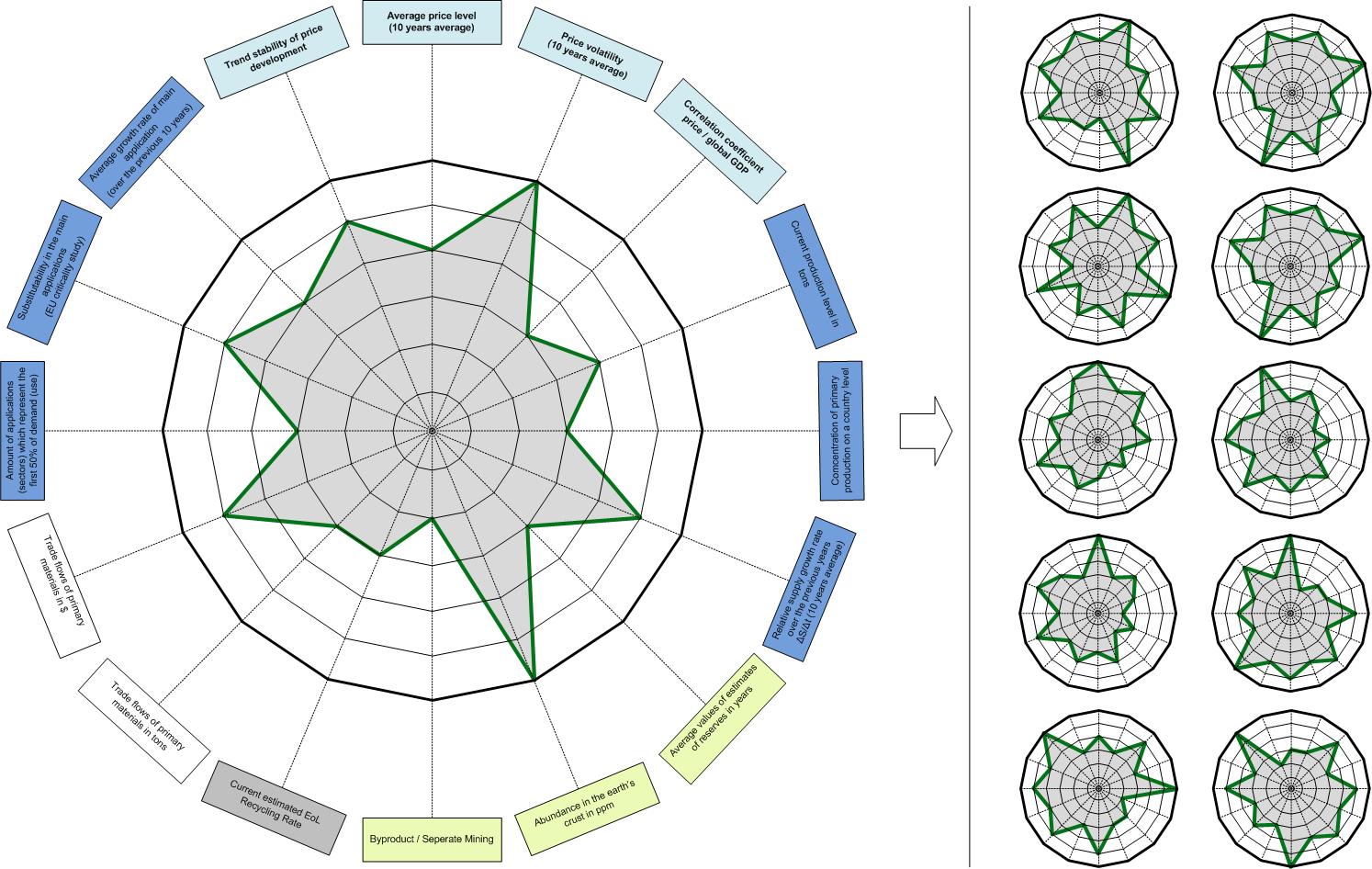 Fundamental statistic analyses are a core element for getting a better understanding of raw material markets e.g. demand and supply side developments and interdependencies.
Beside the statistical basics of Exploratory Data Analysis, we focus on both methods from the field of multivariate statistics and econometric methods of time series analysis.
Fundamental statistic analyses are a core element for getting a better understanding of raw material markets e.g. demand and supply side developments and interdependencies.
Beside the statistical basics of Exploratory Data Analysis, we focus on both methods from the field of multivariate statistics and econometric methods of time series analysis.
Multivariate Statistics: Multidimensional Scaling, Multiple Correspondance Analysis, Clustering Methods, and Multiple Regression Models
Time Series Analysis: GARCH (generalized autoregressive conditional heteroscedasticity) and ARMA (AutoRegressive-Moving Average) models, Monte Carlo simulations, Auto- and Crosscorrelation Analysis.
More...
News
We have won the award for the best poster presentation on the 31st International Conference of the System Dynamics Society in Cambridge, Massachusetts.
The paper, poster and supporting materials are available in the online proceedings of the conference.
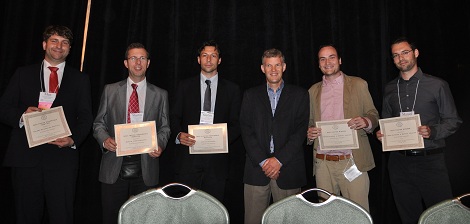
Presentation on the influence of the diffusion of alternative drives on the demand for battery raw materials (Lithium, Cobalt).
The paper and the presentation are available here.
The paper about global copper flows is available online on the page of the journal.





